Africa is entering its third sovereign debt crisis since gaining independence, and the outlook remains challenging, according to The Economist.
A year ago, Ghana's Finance Minister Ken Ofori-Atta avoided saying his country needed IMF aid. But now Ghana is about to join a $3 billion program from the organization. Once approved by the IMF, based on guarantees from bilateral creditors, they will immediately receive $600 million.
Further disbursements will depend on Ghana's progress in debt reduction. Similarly, Zambia is in debt default and struggling to meet the terms set for debt restructuring. They are expected to reach an agreement next month.
The cases of Ghana and Zambia signal a new era of austerity in Africa, where public debt is at its highest level in decades, according to The Economist .
In the post-independence era, Africa experienced two periods of escalating public debt. The first was in the 1980s and 1990s, leading to a crisis that ultimately forced wealthy nations to write off the debt. The second was in the 2000s and 2010s, when African countries sought to raise more capital beyond receiving aid and low-interest loans from multilateral institutions.
Chinese financiers lent African governments $160 billion between 2000 and 2020. Domestic capital markets were also utilized. Between 2010 and 2020, African domestic debt increased from an average of 15% of GDP to 30%.

People buy drinking water in Kanyama, Kenya. Photo: Simon Townsley
African politicians emphasize that borrowing is necessary to invest in schools, health clinics, and roads. But many countries have borrowed too much, or misused the funds they received. As a result, they are now forced to tighten their belts under the supervision of multilateral financial institutions if they want to be rescued.
In 2022, public debt as a percentage of GDP in sub-Saharan Africa averaged 56%, the highest since the early 2000s. This ratio is not high by the standards of wealthy countries, but it is almost unsustainable in Africa, where interest rates are much higher.
Furthermore, 40% of the region's debt is foreign debt, making countries vulnerable to exchange rate fluctuations. This year, African countries' spending on foreign debt repayment (both principal and interest) will account for 17% of government revenue, the highest level since 1999, according to Debt Justice.
Money available to cover other needs is decreasing. In 2010, the average sub-Saharan nation spent more than 70% on healthcare per person compared to its foreign debt ($38 versus $22). By 2020, debt repayment spending was more than 30%. In the current debt crisis, countries fall into one of three categories, according to fund manager Greg Smith, author of the book on African debt titled "Where Credit is Due".
First are the "emerging African" countries, including some of the continent's wealthiest nations, such as Mauritius and South Africa. They can still borrow on capital markets, albeit at higher interest rates. The second group, comprising around 35 countries, are "poor or prudent Africans." These countries are either too well-off to need significant borrowing (like Botswana) or mostly too poor for foreign lenders to want to provide loans.
Third are the "frontier African" countries, comprising around 15 nations that are mostly among the continent's most promising economies but are also facing the most trouble. The Greg Smith Foundation estimates that they need to borrow approximately $30 billion annually to service their existing foreign debt. Ghana and Zambia, two frontier African countries that have defaulted, demonstrate just how more complex resolving the debt crises of this era will be.
Even if other frontier nations avoid default, they still run into trouble. Kenya recently failed to pay civil servants on time. "Salary or default? Choose," said David Ndii, economic advisor to President William Ruto.
Ethiopia, Africa's second most populous country, has had virtually no access to aid and capital markets since descending into civil war in 2020. Similar to Ghana and Nigeria, the Ethiopian government has borrowed heavily from the central bank, weakening its currency and fueling inflation. Now that the war is over, they are seeking IMF assistance before a $1 billion Eurobond debt repayment matures at the end of 2024.
Nigeria's debt is largely domestic, accounting for 96% of government revenue last year. This is partly due to the government's recent low revenue from oil, stemming from rampant theft, low production, and fuel subsidies. In Ivory Coast and Senegal, debt accounts for a quarter of government revenue.
The ideal solution to escaping debt is economic growth. But the outlook for Africa is rather bleak. In April, the IMF cut its growth forecast for sub-Saharan Africa this year to 3.6%, only about one percentage point higher than population growth. Austerity measures could also further slow growth.
Some experts recommend that African countries increase taxes. On average, tax revenue in sub-Saharan Africa accounts for 13% of GDP, compared to 18% in other emerging economies and 27% in wealthy countries. This percentage has not increased in a decade.
Twenty-one countries already have loan agreements with the IMF, and that number is expected to grow. Disbursements of Chinese loans to Africa have fallen to around 10% of their peak in 2016. From 2012 to 2021, international aid to sub-Saharan Africa accounted for 3% of the region's GDP, down from 4% in the previous decade.
The Eurobond market may reopen, but interest rates will be higher than in the 2010s. The lowest Eurobond rate achieved by Ghana – the richest country in West Africa by GDP per capita – is 6.4%.
This region will face even greater challenges if global geopolitics fluctuates. An IMF analysis earlier this month indicated that sub-Saharan Africa is at the highest risk if the West and China decouple into two distinct trading blocs. In a "severe scenario," the region's GDP could fall by 4%.
Africa is wealthier than it was in the 1980s. Its leaders are also more talented and skillful. However, global upheaval is making their debt-free journey more painful and difficult than ever before, according to The Economist .
Phiên An ( according to The Economist )
Source link










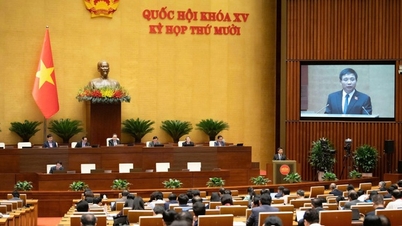

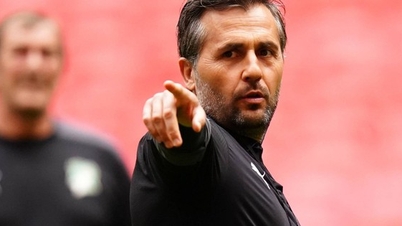

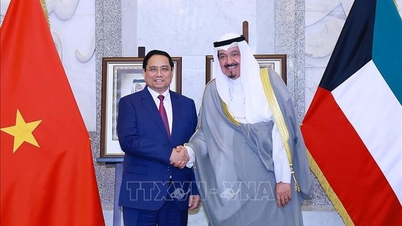

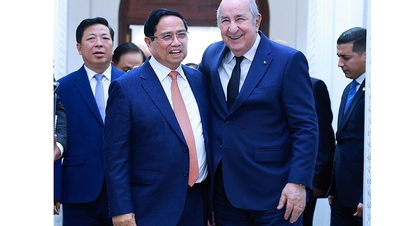



























































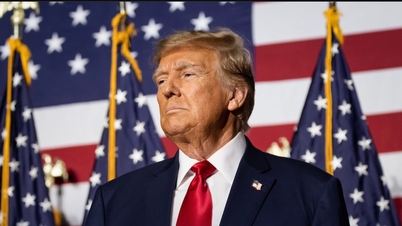




































Comment (0)